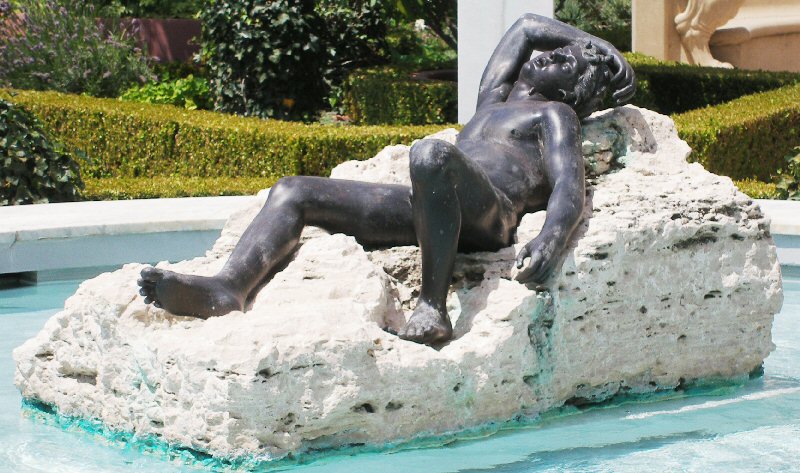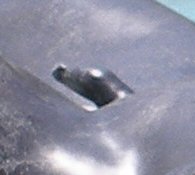HOME
Previous (Classical Antiquity)
A Gallery of Intact Penises in Art
2. Pompeii (and Herculaneum)
The destruction of Pompeii and Herculaneum by the eruption of
Vesuvius (on August 24, 79 CE) froze a moment in Roman time, protecting
it from Christian censors and preserving for us relics of a richly
erotic culture. The penis, often erect but often still strikingly
posthetic ("beforeskinned"), was a centre of attention - the close-ups
are hardly necessary.
This
humorously phallic gilded bronze image of a "placentarius"
(cake-seller) holds a dish for sauces. He was still packed in his box
in the House of the Ephebe at the time of the eruption. |
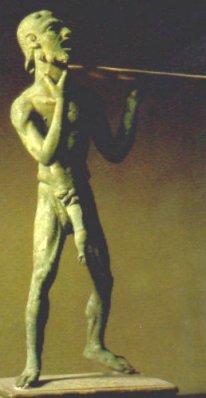 | 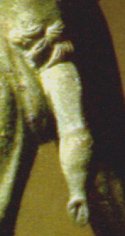
The folding in the inner margin of his foreskin is accurate. |
Artistic depictions of erections follow.
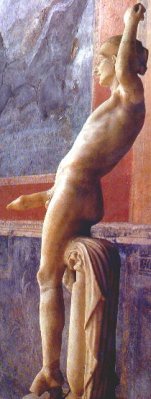
| 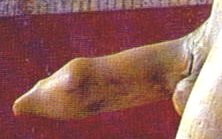
The
lower margin of this handsome figure's foreskin projects forward as
they do in life, but more so, much like a teapot and perhaps for the
same reason, to prevent drips, because here it serves as a fountain. House of the Vetii |
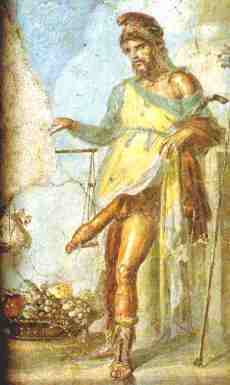
The fertility god Priapus (who can also be identifed by his basket of fruit) weighs his penis. As Friedman observes, his penis is literally "worth its weight in gold". |
House of the Vetii
This tripod, formed of three young satyrs, supports a basin. |
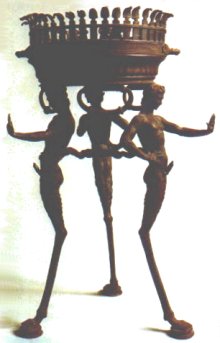
| 
Though their penises are erect, their foreskins are not at all retracted - this is seldom seen in life. |
All items are in
the National Museum of Naples
Herculaneum
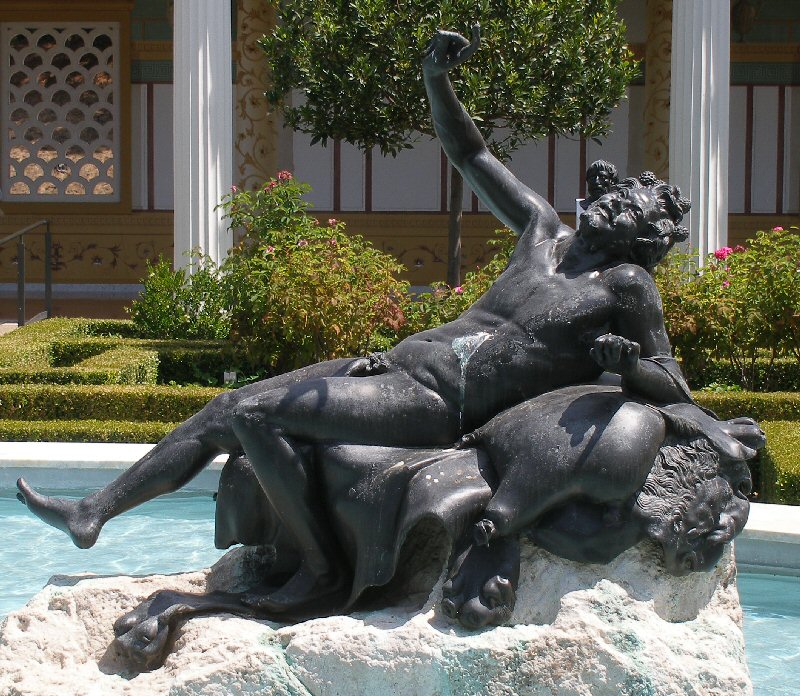 |
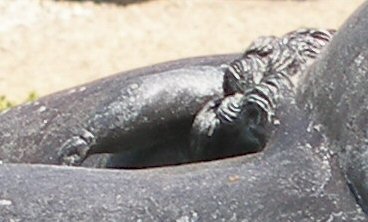 | This drunken satyr with a wineskin from the Villa dei Papiri has a more adult-sized penis and pubic hair, but again a distinct acroposthion.
replica at the Getty Villa
|
Next (Renaissance)
Back to the Intactivism index page.
If any pictures are on this non-profit, educational site in breach of your copyright, please notify me and they will be removed.







